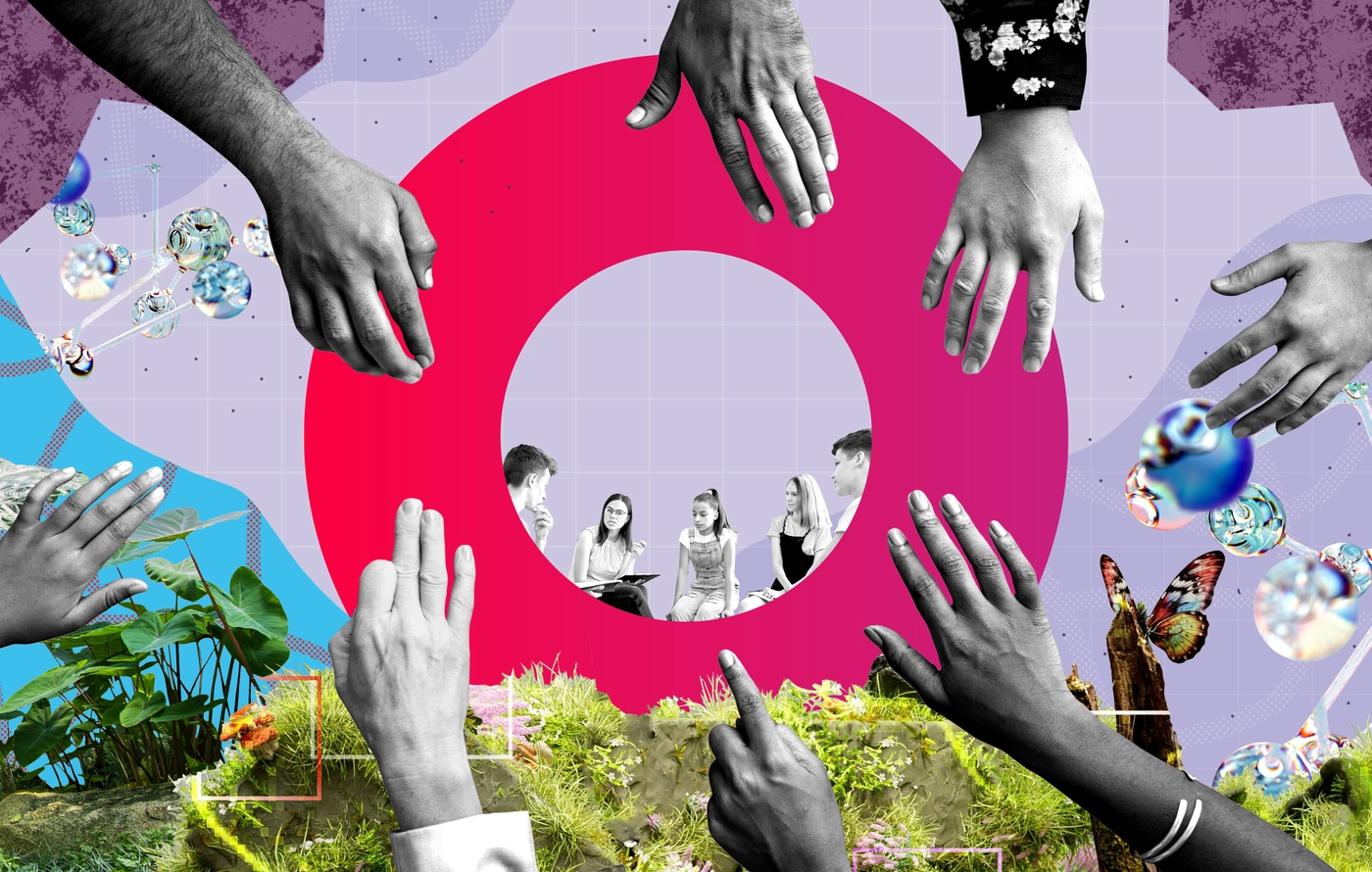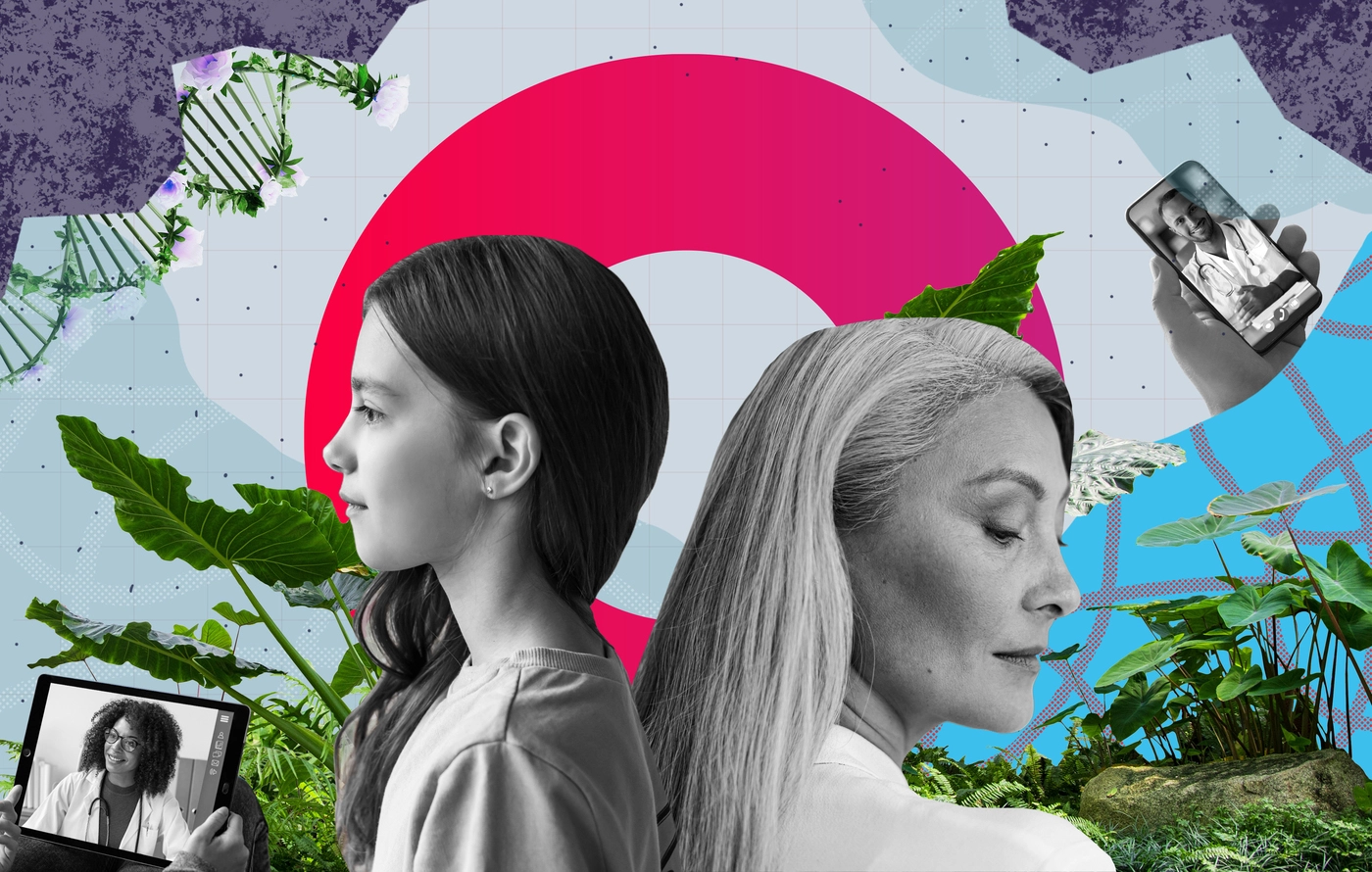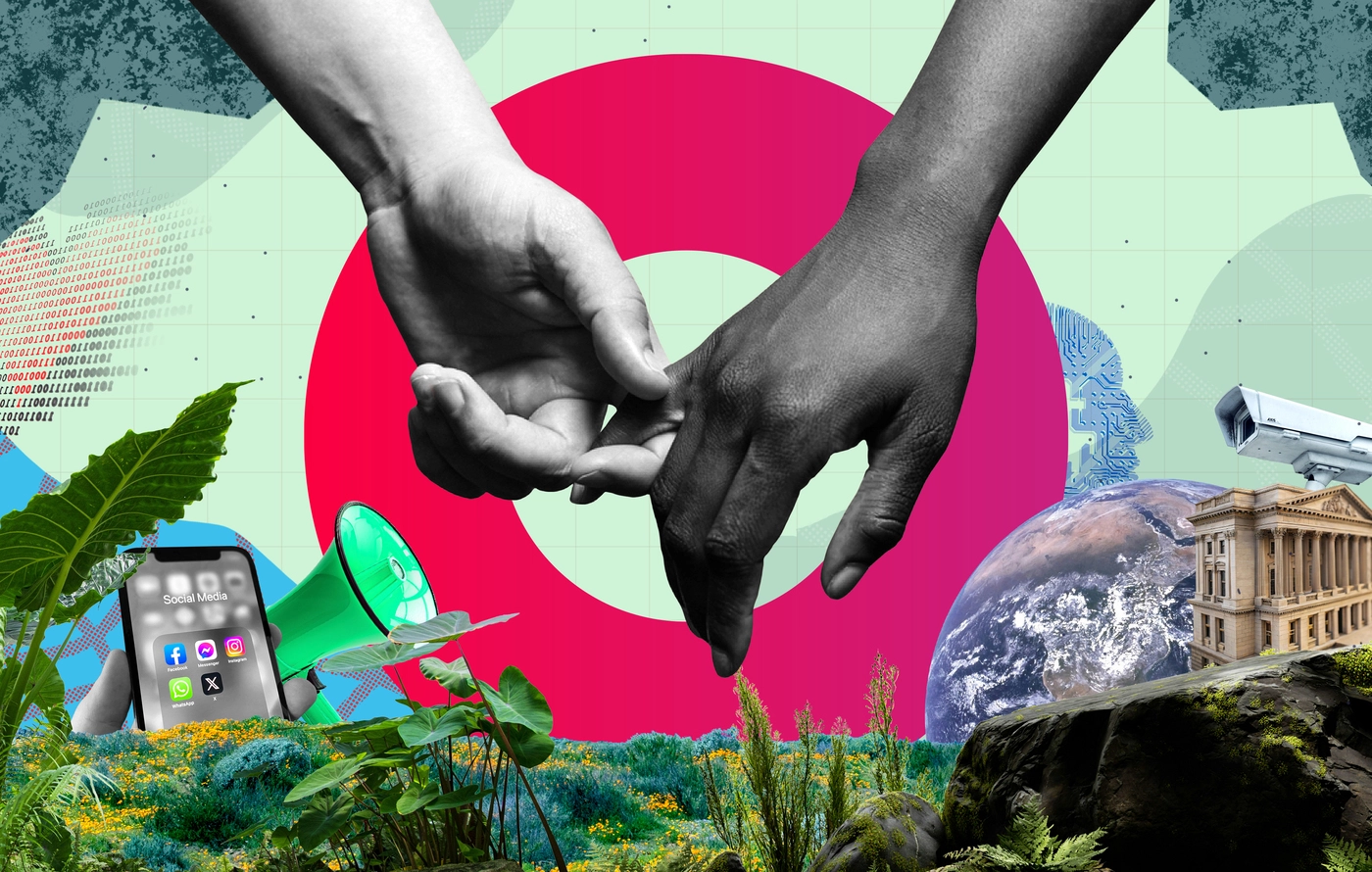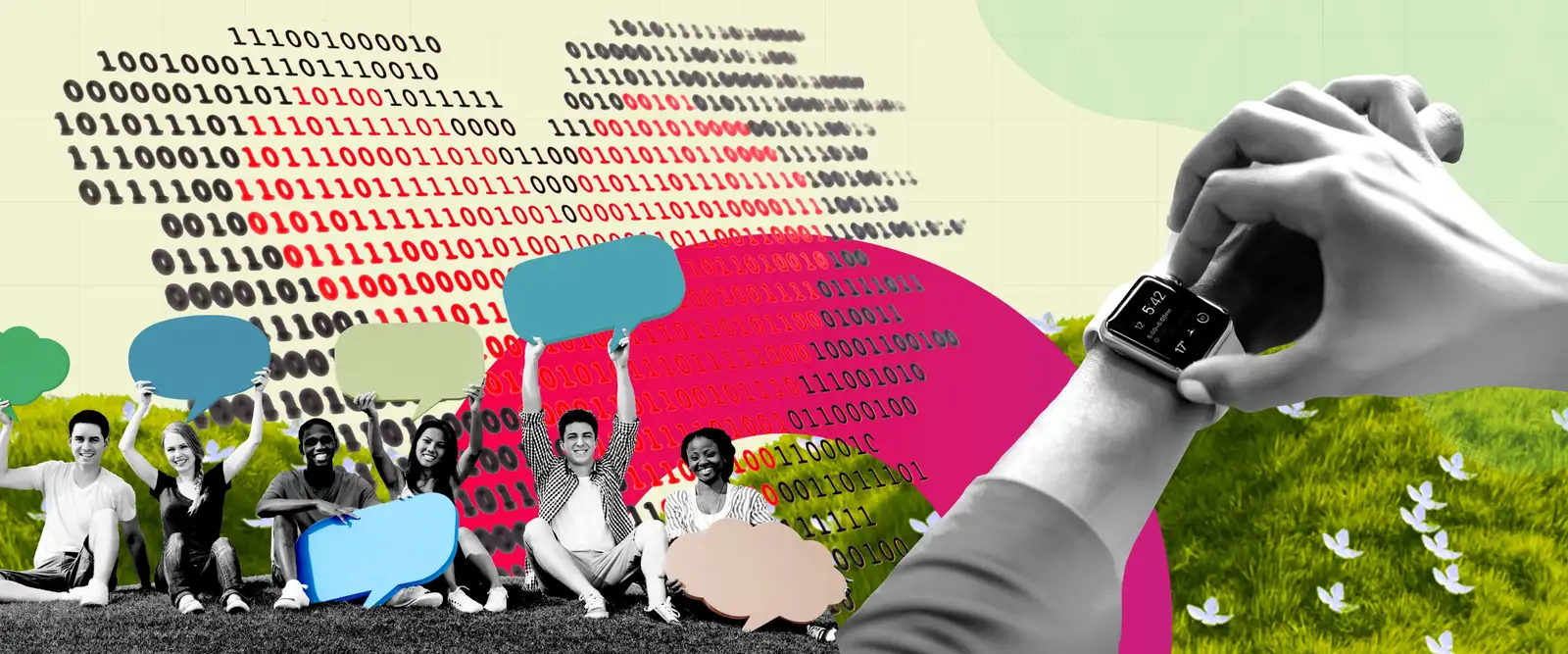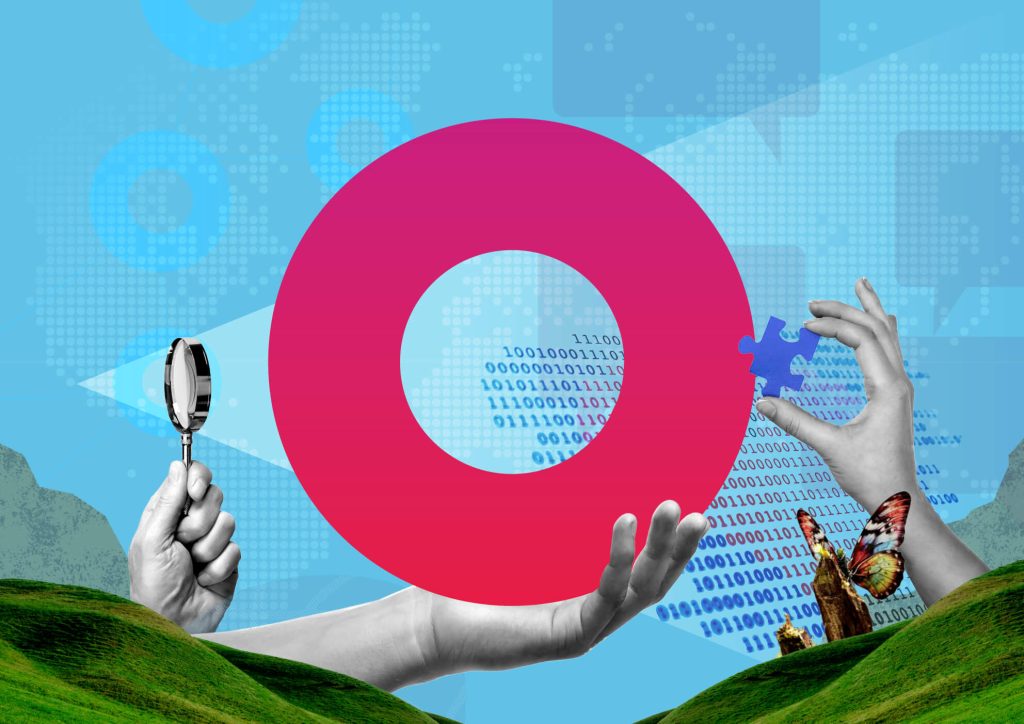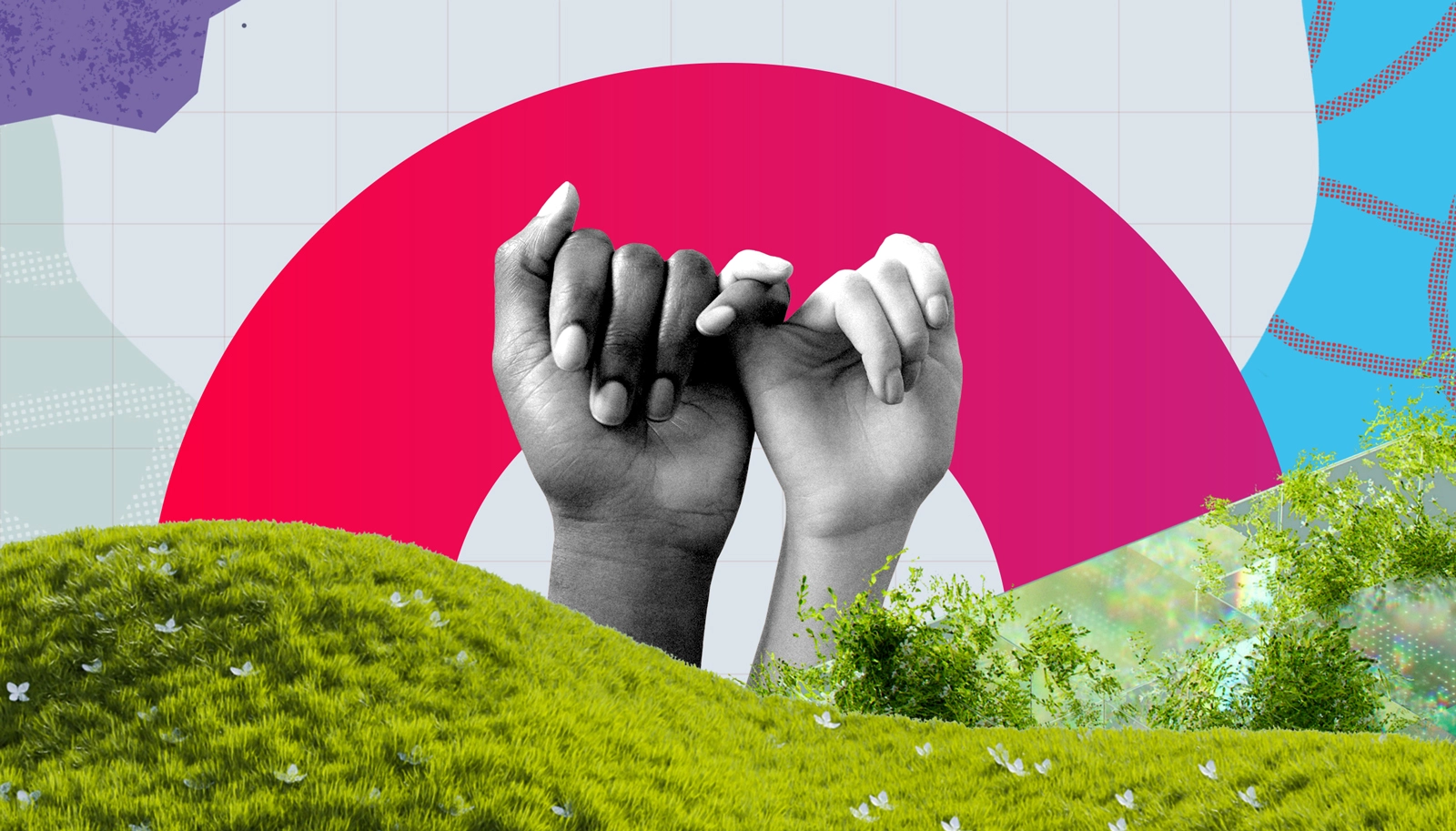
Digital first health systems
Supporting youth co-creation of digital first health systems
Health systems across the globe are becoming increasingly digital first – where digital channels and platforms serve as a users’ first point of contact, or initial entry point, into a healthcare system. The Lancet and Financial Times Commission on Governing health futures 2030’s report recommended that digital first health systems must be co‑designed and governed by young people in order to be responsive to their health needs and prevent health inequalities from widening. However, few digital initiatives allow young people to meaningfully shape their health futures and co‑design digital first health systems that address their health priorities such as mental health and sexual and reproductive health.
Building on the Commission’s extensive work, DTH‑Lab is working with young people – including young health professionals – in low and middle‑income countries plus vulnerable groups in high income countries develop a blueprint for designing digital first health systems co‑created with youth and built for all.
DTH‑Lab partners with youth‑led organizations and young people at the global, regional and national level. At the national level, we are working with young people and the future health workforce to identify and overcome barriers to the adoption of effective digital health solutions. Our research and policy analysis focuses on identifying the ways in which the journey towards digital first health systems can have the greatest impact on young people’s health and well‑being.
Main research questions
What is a digital first
health system?
A digital first health system is one where digital channels and platforms serve as a users’ first point of contact, or initial entry point, into a healthcare system. In a digital first health system, digital technologies and data are primary and foundational elements of health promotion, prevention and healthcare delivery. A digital first health system can expand the traditional framing of a health system towards a broader ecosystem of interconnected tools and services to fulfil a variety of health and well-being needs.
Digital solutions offer benefits for both users and healthcare professionals because of their potential to improve health system accessibility, outcomes and efficiency. Instead of travelling to a health facility for a face-to-face medical appointment, a digital first health system allows an individual to access a range of personalized health services and health information from any location through digital tools and platforms. These include virtual consultations with healthcare professionals, online patient support groups, wearable sensors to monitor vital signs , and AI-assisted health information tools. Public health authorities can share timely and targeted prevention and health promotion messages and tools directly with individuals via their mobile phones and social media platforms.
A unique feature of digital first health systems is the range of opportunities available for social connectivity and community building. Digital platforms and tools can not only facilitate more regular two-way communication with health professionals, but they also provide access to wider online communities that offer social support, empowerment and a sense of belonging. Digital first does not mean digital only: a digital first health system can also include hybrid elements (blended digital and non-digital methods of care) and enhance important non-digital aspects of care and support.
Other work
